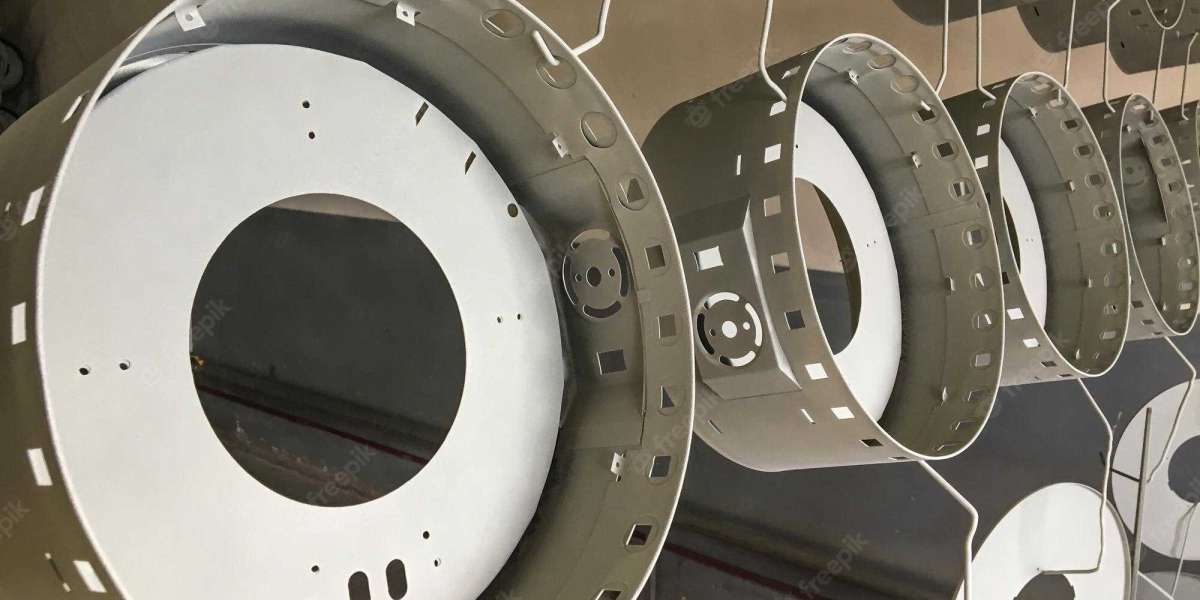Introduction
In today's rapidly evolving manufacturing landscape, advanced sintering technologies have emerged as a game-changer. Sintering, a process of compacting and forming solid materials using heat and pressure without melting them completely, has been employed for centuries. However, recent advancements in sintering techniques have paved the way for unprecedented improvements in various industries. This article delves into the thriving advanced sintering technologies market and explores the transformative impact it has on modern manufacturing processes.
The Rise of Advanced Sintering Technologies
Advanced sintering technologies have gained significant traction owing to their ability to enhance material properties and improve manufacturing efficiency. Traditional sintering techniques were limited in their application due to their inability to produce complex shapes and achieve high Smart Materials densities. However, advanced sintering technologies, such as spark plasma sintering, hot isostatic pressing, and selective laser sintering, have overcome these limitations, revolutionizing the manufacturing landscape.
Spark Plasma Sintering (SPS)
Spark plasma sintering, also known as plasma-assisted sintering, is a cutting-edge sintering technique that employs a combination of pressure and pulsed direct current to enhance the sintering process. SPS offers several advantages over conventional methods, such as reduced sintering time, lower sintering temperatures, and improved material density. This technology has found applications in various sectors, including Aerospace Materials, automotive, and healthcare, enabling the production of high-performance components with enhanced mechanical properties.
Hot Isostatic Pressing (HIP)
Hot isostatic pressing is another advanced sintering technique that involves subjecting a material to high temperatures and isostatic pressure in a gas medium. HIP is particularly effective in densifying metal, ceramic, and composite powders, eliminating porosity and improving material strength. The aerospace and medical industries have leveraged HIP to manufacture critical components with exceptional mechanical properties, such as turbine blades, implants, and prosthetics.
Selective Laser Sintering (SLS)
Selective laser sintering is an additive manufacturing technique that utilizes a high-powered laser to selectively fuse powdered materials, layer by layer, to create complex three-dimensional objects. SLS enables the production of intricate parts with high precision and geometrical freedom. This technology finds extensive application in various sectors, including automotive, aerospace, and consumer goods, facilitating rapid prototyping, customized manufacturing, and cost-effective production processes.
Market Growth and Future Prospects
The advanced sintering technologies market has witnessed remarkable growth in recent years, driven by the increasing demand for advanced materials and improved manufacturing processes. The market is expected to continue its upward trajectory due to the growing adoption of Zinc Dialkyldithiophosphates Additive manufacturing techniques, rising demand for high-performance components, and the need for energy-efficient production processes.
Moreover, advancements in materials science, such as the development of new metal alloys and ceramics, further contribute to the expansion of the advanced sintering technologies market. These materials, combined with advanced sintering techniques, unlock novel possibilities for applications in industries such as aerospace, automotive, electronics, and healthcare.
The integration of artificial intelligence (AI) and machine learning (ML) algorithms into advanced sintering technologies is also set to revolutionize the manufacturing landscape. These technologies enable real-time monitoring and control of the sintering process, resulting in improved quality control, reduced waste, and enhanced productivity.
Conclusion
Advanced sintering technologies have ushered in a new era of manufacturing, enabling the production of complex components with exceptional properties. Spark plasma sintering, hot isostatic pressing, and selective laser sintering have revolutionized the way industries operate, providing numerous benefits such as reduced costs, increased efficiency, and improved product performance.
As the market continues to evolve, we can expect further advancements in sintering techniques and materials, as well as the integration of AI and ML. The future of manufacturing lies in embracing these advanced sintering technologies, as they hold the key to unlocking innovative applications and driving industry growth in the years to come.
Key Players
ALD Vacuum Technologies (Germany),
FCT Systeme (Germany),
Linn High Therm (Germany),
BTU International (US),
Sumitomo Heavy Industries Ltd. (Japan),
EOS (Germany),
Shanghai Gehang Vacuum Technology Co., Ltd (China), and
ChinaSavvy (China)








